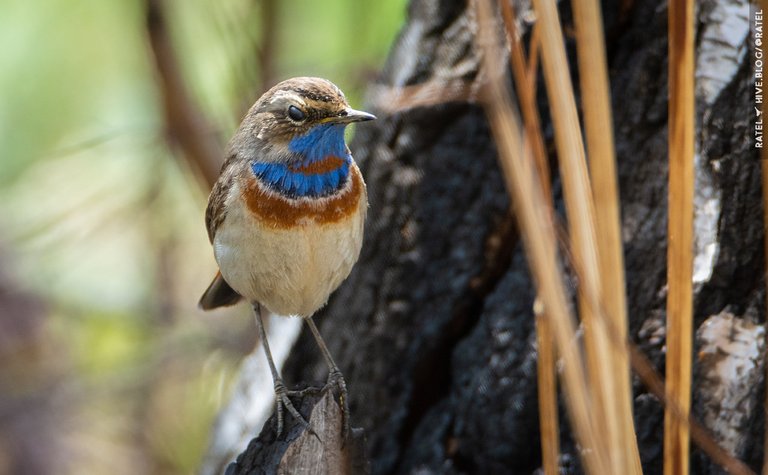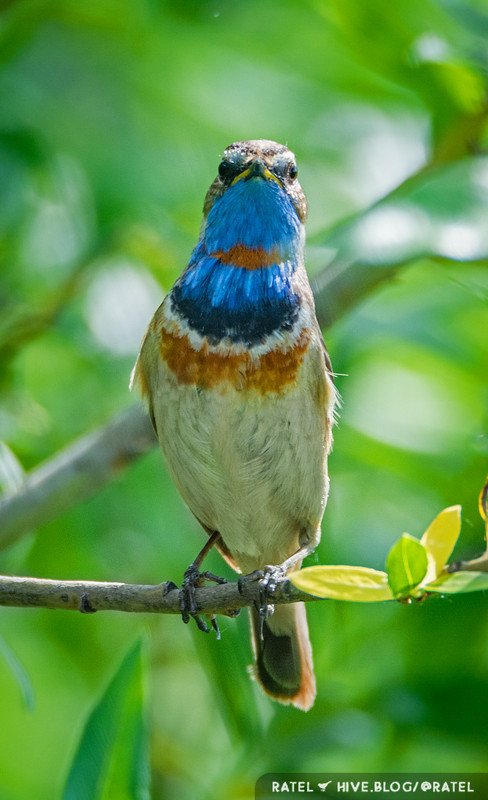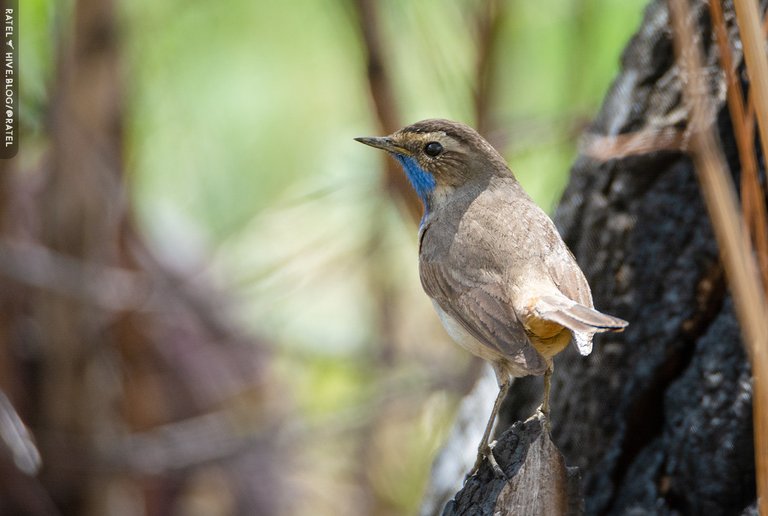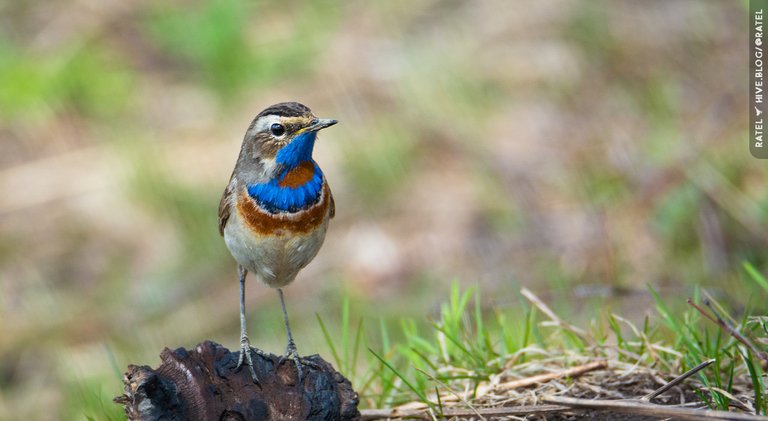Birdwatching - 3100 🐦

🦉 The bluethroat (Luscinia svecica)
- Luscinia (lat.) Nightingale
- svecica suecicus (lat.) Swedish; the name svecica, according to the history of the description, is not a toponym, but is given for the color of the male's chest:
Olof Rudbeck junior, Swedish botanist and birdwatcher, mentor to Carl Linnaeus, having discovered the bluethroat in 1695 in Lapland, he gave it the name Avis Carolina in honor of the Swedish king Charles XI and the blue-yellow Swedish flag (in those days the yellow color on the flag was more reddish), and K. Linnaeus in 1758, when the absolute power of the monarchy in Sweden was no longer, considered the name svecica more correct than carolina (Jobling, 2010)

This nightingale is simply a master of stealth. It prefers dense thickets near water, where its bright blue throat with a red "star" (in males) is rarely noticeable. However, its song gives it away, it is ringing, loud, sometimes including imitations of other birds that live nearby.

Bluethroats are among the first nightingales to arrive, already at the end of April, when there may still be snow on the banks. Males immediately occupy territories and begin to sing, often sitting on top of a bush, but at the slightest danger they dive deep and disappear among the branches. Interestingly, they can be easily lured if you turn on a recording of their voice, the male often flies out into an open place, as if challenging the "competitor".

| Camera | Lens |
|---|---|
| Nikon D5200 | Tamron SP AF 150-600mm f/5-6.3 Di VC USD |
Very beautiful shot 📸
https://www.reddit.com/r/birdwatching/comments/1lsu83b/the_bluethroat/
This post has been shared on Reddit by @davideownzall through the HivePosh initiative.
That second shot is awesome. I have to to the fields more often, still haven't seen that species in the wild!
I love where you live, dear friend @ratel. There are many beautiful bird species.
This blue-breasted nightingale is truly beautiful. What a lovely visitor you have.
Beautiful photos. I appreciate you letting us know about this beauty.
Have a beautiful day.
Such a crisp and fascinating glimpse of the bluethroat! I can almost picture it now, perched confidently atop a bush in the melting snow, belting out a melody filled with mimicry and challenge. And how clever that a simple playback of its own song is enough to draw it from hiding.
thanks!
Stunning bird is the nightingale in your region, never seen one although I do believe they migrate along Eastern Africa possibly to the North of us closer to Mozambique, spending your winter in warmer climate here.